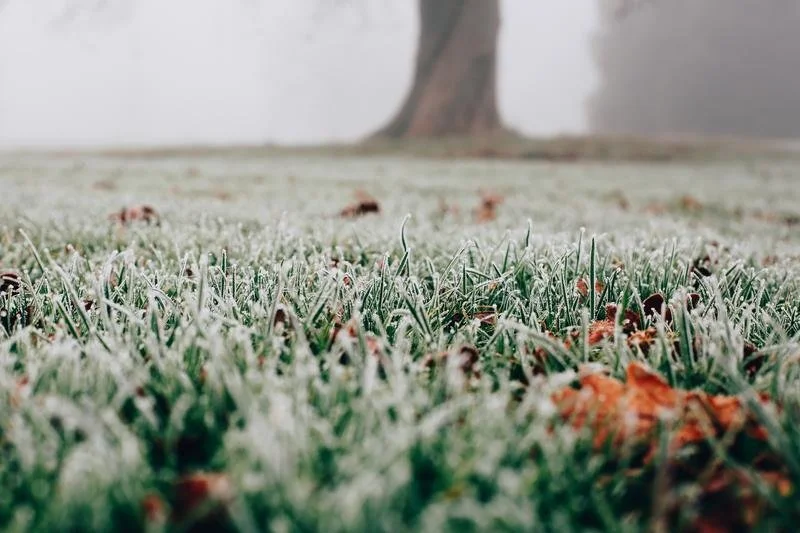Why Fall Is Prime Time For Lawncare
Winter is coming! Keep your lawn in tip-top shape by getting it ready for the upcoming winter. This process, known as winterizing, involves simple steps that pave the way for healthy spring turf.
The first step in winterizing your lawn is knowing what type of grass you have. Here in Wisconsin there's an abundance of cool-season varieties that contains fescue, Kentucky bluegrass or perennial ryegrass. Warm-season grass often includes Bermuda, centipede, St. Augustine and zoysia.
Both warm- and cool-season grasses benefit from specific actions in the fall in order to prepare them for winter.
Cool-season, Midwest region grasses grow most strongly in fall. If you choose to fertilize your cool-season lawn only once each year it's a great idea to do so in fall in October or November.
If you have a cool-season lawn, it's actually best to winterize your lawn with two separate feedings: one application of winter lawn fertilizer late summer/early fall and the second application during late fall, or whenever the leaves reach their peak color in your area.]
According to lawn care manager Justin Kolvenbach "Winterizing is an important step in the year-round lawncare process. Typically, it includes an application of fertilizer 30-0-4 which is performed after top growth has slowed down to promote root development. This treatment also helps reduce winter injury and encourages spring "green up."
Winterizer fertilizer is the most important of all fertilizer applications. It helps the roots of the grass absorb and store nutrients as they continue to grow until the ground eventually freezes in the winter.
The reason that fall fertilizing is so effective is because plants respond to external triggers in fall to start the process of preparing for winter.
These triggers are things like the length of the day and temperature changes. As the days shorten and air becomes cool, grass and plants respond by slowing growth and shifting their food reserves from leaves to roots. Although air temperature continues to fall roots remain active in soil.
By fertilizing your lawn in the fall, you’re feeding the active roots and giving them even more nutrients to store for winter.
It's also important to make sure at the final mowing that you leave the height of your grass approximately 2.5 inches to 3 inches, according to Villani Landshapers Maintenance Department Manager Randy Chybowski.
When spring arrives in Wisconsin with longer days and warmer air, grass blades sense the shift in seasons and respond by returning to their growth stage, drawing upon those food reserves. Grass that is fed in fall becomes green quickly in the spring resulting in a thick and lush space.
For more information about winter protection and other holiday season service options give us a call at 262-252-4541 and check us out online at villaniland.wpengine.com or contact your Client Service Representative.

